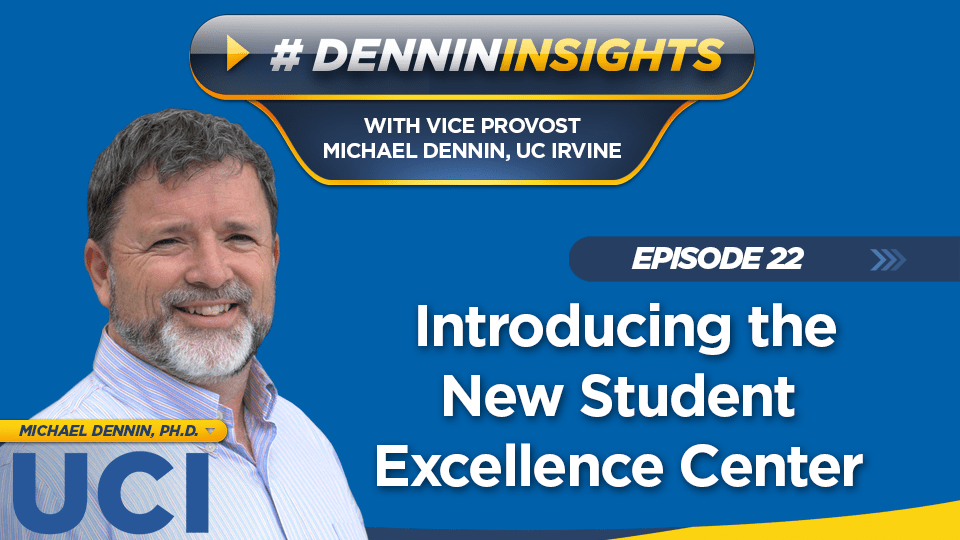
In this blog, I have focused on issues of student success directly connected with course design, learning environments, and other key aspects of the student experience. Of the essential elements that comprise the student experience, meaningful connections and human interactions are some of the most critical. One of the strengths of a residential campus are all the informal interactions that occur between students and other students, students and faculty, and students and staff. To facilitate these experiences, space and its utilization are critical elements of the 21st-century university.
As we experience the return to our campus, it is exciting to celebrate the creation of new student-focused spaces within the Science Library. Recently, the Science Library has undergone major renovations that have created new interactive study spaces, data visualization spaces, and formal programmatic spaces. The project included a renovation of the Grand Reading Room on the second floor and renovations to the entire fifth floor of the library. Part of the fifth-floor renovation was the creation of the Student Excellence Center (SEC), which brings the Campuswide Honors Collegium, Undergraduate Research Opportunities Program, and Scholarship Opportunities Program together in one location.
The SEC unites the expertise of library staff with these essential OVPTL student programs, and this partnership builds on the existing connections represented by the Center for Excellence in Writing and Communication located on the first floor of the Science Library.
One might ask, why bring these programs together in one space, and why do it in the midst of shared student space? Fundamentally, this is about generating the informal interactions so foundational to a residential college experience. For example, in many universities, the Honors Program or College is held separate from the rest of campus. At UCI, the Campuswide Honors Collegium is exactly as it is named—campuswide. By placing the program within general campus space, Honors students remain connected with all students instead of being separated from them. Arranging the Undergraduate Research Opportunities Program and the Scholarship Opportunities Program next to each other and in full view of all the students coming to the new study spaces reminds students that these programs are for all of them and that there is often a connection between research experience and prestigious scholarships.
Ultimately, the SEC is truly about fostering connection and engagement. And this goal aligns perfectly with the role that libraries and librarians play on campus. Though we often think of a library in terms of the books it holds, the real power of the library lies with the people—both the library staff and the way in which the library brings people together and forms communities around shared experiences. Even as technology evolves and changes how libraries operate, it is less about replacing books and more about expanding how the library supports human interaction with information and each other.
In addition to thanking the UCI Libraries team for their work on this incredible project, I also want to recognize the architects and UCI’s very own Kyoko Adachi for bringing the SEC and other reimagined library spaces to life. Now when I walk through the Science Library, I am struck by the openness and the interconnectedness of student study spaces and programmatic spaces and how this creates a welcoming and energizing environment.
With students back on campus, I am excited to see how they utilize this space to study, relax, and engage with each other in a variety of ways. I invite everyone to come and experience the revamped Science Library to see the power of collaboration and recognize why it’s so important that UCI offers spaces to support it.
Recent Comments